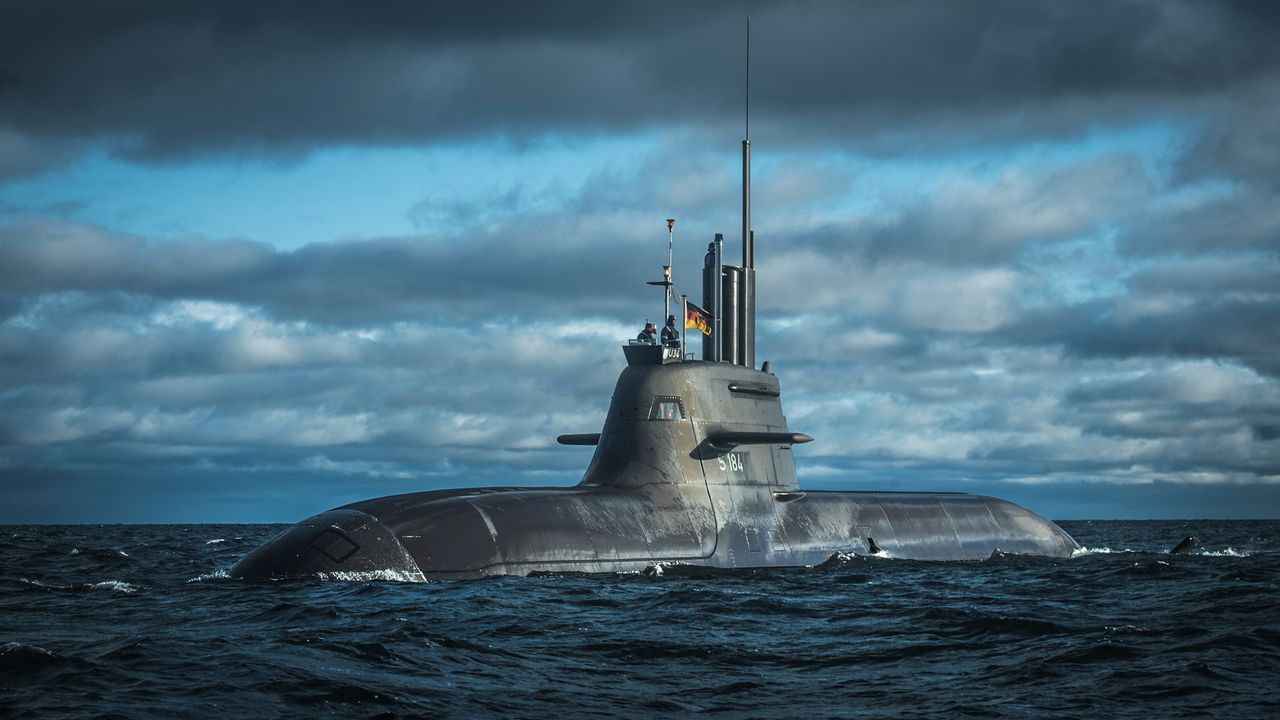
Virtual Battle Damage Control Training
The realistic, interactive training environment of the virtual ship with fully operable systems and equipment.
Battle Damage Control Training (BDC) - the realistic, interactive training environment of the virtual ship with fully operable systems and equipment allows experimental learning without risking men and material.

Damage control is a fundamental prerequisite for naval operations. Weaknesses in leadership and communication capabilities often have disastrous consequences and can cause crew members to panic in a crisis. Different battle damages need to be controlled effectively and quickly in order to prevent larger damages or even a loss of vessels and crews. Critical success factors of the battle damage control are the sound familiarization of the crew with the vessel, the damage control equipment & procedures. On-site crew trainings are mandatory too.
The latter requires step-by-step trainings through frequent focused drills. Team spirit and a coordinated team response during emergencies is crucial. Considering the frequent rotation of crews, it is difficult to maintain a satisfactory overall response. Vital damage control tasks, designed to create maximum operational and decision-making competence, usually cannot be practiced on board of real vessels without compromising authenticity of the different scenarios or without risking the safety of material & men. Nevertheless, fire models, smoke dissipation, flooding, virtual ship simulations, inspections and interaction, DC plotting tools and communication systems need to be core elements of an effective BDC training. In addition to these challenges, navies have to juggle between operational costs, while trying to keep up with demanding training standards and methodologies in line with constant updates on rules / regulations and technical innovations.
The Solution
I. Learning Targets
Familiarization with the vessel's layout with a special focus on safety relevant areas & equipment (like escape paths, storage location of firefighting tools, strategic sheets, critical systems for keeping the vessel in service etc.)
Possession of fast, efficient and effective organizational first response on fire, flooding, various kinds of destruction due to missile strikes / explosions / system failures and so on
Safe and effective handling of battle damage control equipment
Gathering of a first experience and deeper understanding of spreading /escalating damages including reaction chains across the vessel, impact on its stability, capabilities and operational behavior
Reporting chain proficiency, improved leadership- and communication skills
Improved team work-, risk assessment- and decision-making capabilities, higher level of stress resilience
II. Target Group
All crew members & groups; experience-, role- and rank-independent
III. The Battle Damage Control Training
Damage Modelling
Realistic injuries and health status
Scenario Editor
Live-Tracking and Analysis
Simulation of internal and external Battles
Key features of internal battle in 3 scenarios – Fire, water and smoke spreading model
Fire in galley
Water infiltration
Explosion on board - not only impacts on board
Life damage model – injury level and representations of injuries
The characters have a complex life model based on vital function and physical life energy. Realistic visualization and increase of immersion. The training is visualized more realistically and sensitizes the trainees to the dangerous situation.

Battle Damage Control Training
The Benefits
Increased ship / submarine availability - no vessel is required
Increase of knowledge retention of ~75 %, recall accuracy median 90%, and training acceptance / motivation 98%
Quality assurance in training
The virtual ship as a training platform allows a largely autonomous acquisition of essential competences & skills
Cost savings
Improved budgeting transparency, predictability & reliability
Cost efficiency due to one-time investment





